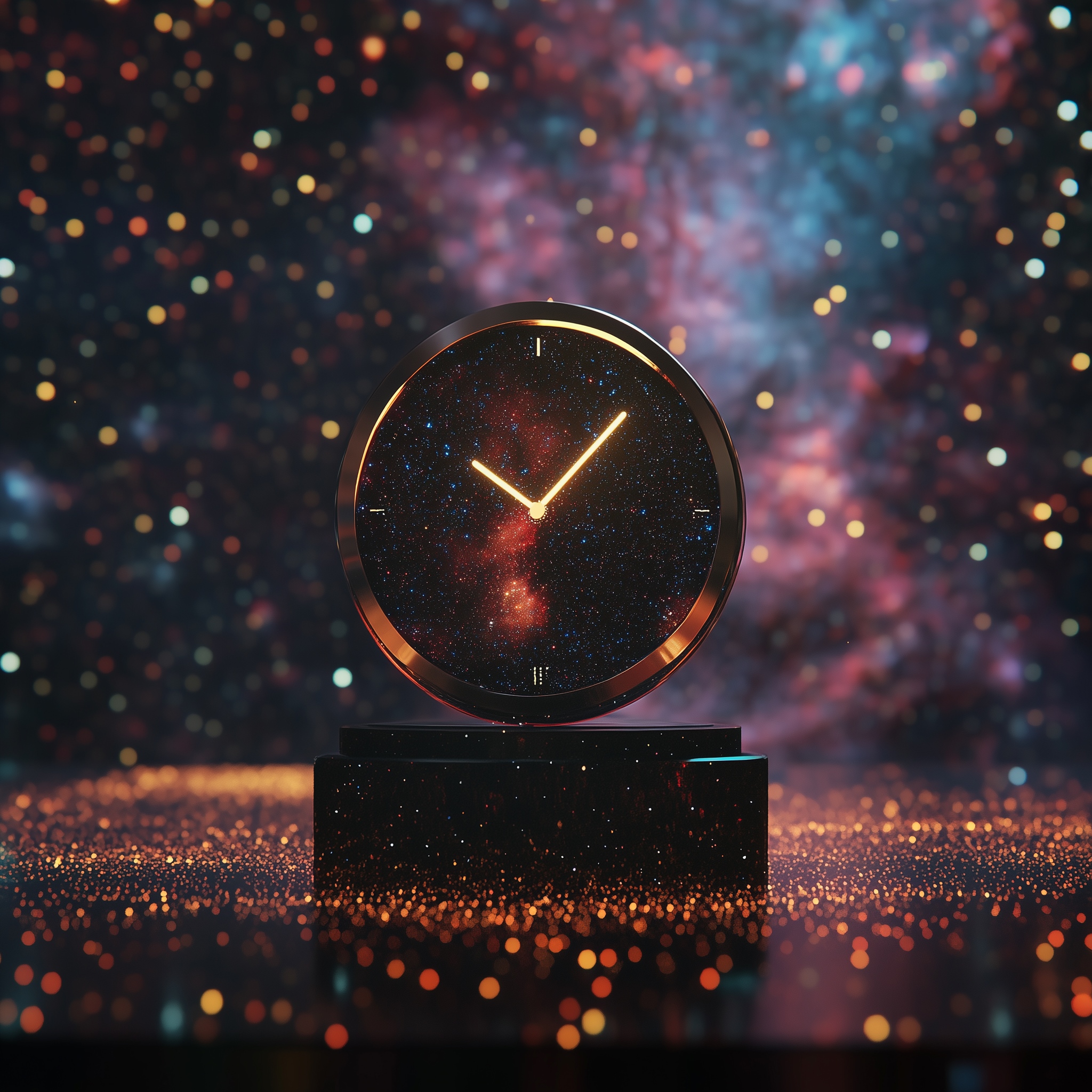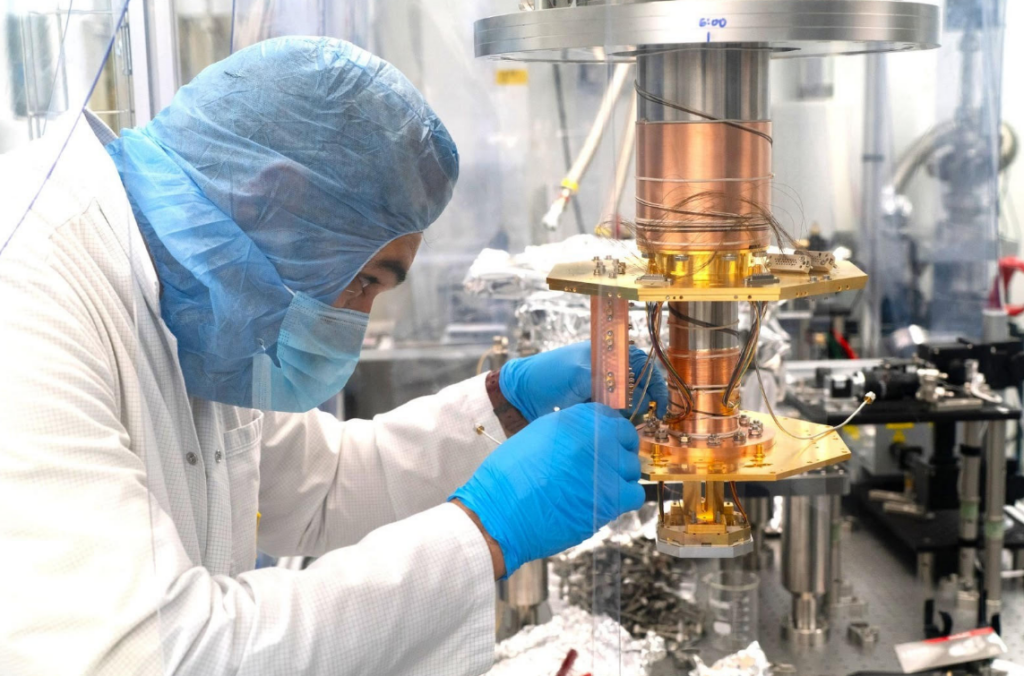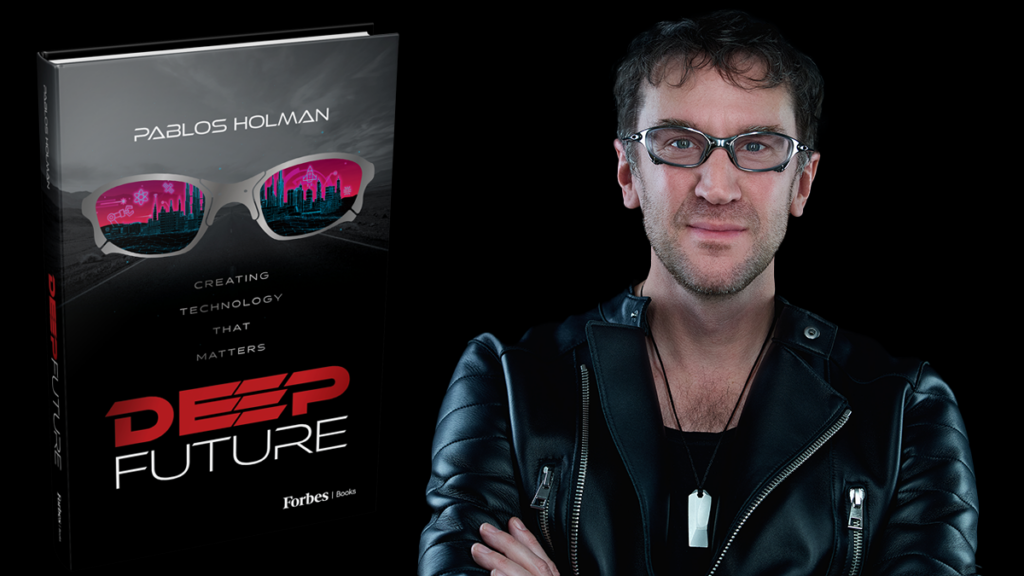Insider Brief:
- ACES, a mission led by the European Space Agency, uses atomic clocks aboard the ISS to test Einstein’s theory of general relativity and probe fundamental physical constants.
- The mission’s clocks, PHARAO and SHM, leverage quantum transitions in atoms to achieve unprecedented precision, combining short-term stability and long-term accuracy.
- By transmitting precise time signals worldwide, ACES can establish a global network for real-time clock comparisons, which can refine time standards and support “chronometric geodesy” to measure gravitational potential variations.
- ACES plans to validate or challenge aspects of general relativity, with implications for GPS, global navigation systems, and future space-based quantum technologies.
Atomic clocks, which rely on the quantum transitions of atoms like cesium and hydrogen, use these atomic vibrations to achieve the ultimate precision in timekeeping. This accuracy supports innovation in global positioning, telecommunications, and tests of fundamental physics. One ongoing application is the Atomic Clock Ensemble in Space (ACES) mission, developed by the European Space Agency, in collaboration with Airbus Defence and Space, Safran Timing Technologies, and others which places high-performance atomic clocks aboard the International Space Station (ISS).
The goal of the mission is to test Einstein’s theory of general relativity and probe fundamental physical constants in a way that wasn’t possible before. According to the ACES research team, as detailed in a recent publication on arXiv, the mission also involves testing a suite of quantum technology-based instruments to redefine how time is measured and synchronized across the globe.
Precision Timekeeping in Orbit
The two representative clocks on the ACES mission are the PHARAO (Projet d’Horloge Atomique par Refroidissement d’Atomes en Orbite) and the SHM (Space Hydrogen Maser). While PHARAO uses laser-cooled cesium atoms to achieve long-term frequency stability, SHM serves as an active oscillator, providing a highly stable reference frequency. The two clocks work in tandem to generate a time signal with unparalleled precision.

According to the researchers, PHARAO and SHM together create a clock signal with both short-term stability from SHM and long-term accuracy from PHARAO, enabling the ACES system to maintain a fractional frequency stability of 1 × 10⁻¹⁶—a level of precision that makes even the smallest deviations measurable.
One hopeful outcome of the overall experiment is to distribute this ultra-precise time signal worldwide. By transmitting the signal from the ISS to various ground stations via the Microwave Link, the mission can establish a global network for real-time clock comparisons. These comparisons can be used to refine time standards as well as for “chronometric geodesy”—a process that allows researchers to measure minute differences in gravitational potential between different locations. As explained by the ACES team, these measurements enable the precise tracking of Earth’s gravitational field, potentially leading to new insights into our planet’s structure and even the detection of dark matter through its subtle effects on atomic clocks.
Putting Einstein to the Test
Einstein’s theory of general relativity changed how we understand gravity, suggesting that it is not simply a force, but a warping of spacetime itself, more akin to a flexible fabric that stretches and bends under the weight of massive objects like planets and stars. An artifact of this warping effect is gravitational redshift—a phenomenon where time itself seems to slow down as it moves closer to a massive object. This means that a clock positioned close to Earth, where gravity is strongest, will tick more slowly than a clock farther away in space. In other words, gravity and time are deeply interconnected.
The ACES mission takes this concept beyond theory, presenting a rare opportunity to observe gravitational redshift in a real-world setting with an extraordinary level of precision. Mounted on the International Space Station, the ACES clocks will compare time signals between space and Earth to detect even the smallest variations caused by gravity’s pull. According to the research team, ACES plans to achieve magnitudes more precision than previous experiments, a level of accuracy that would allow scientists not only to test Einstein’s predictions but also to explore whether our understanding of gravity holds up under such scrutiny–or can hold up against the literal test of time.
If ACES discovers results that deviate from existing theories, it could lead to new insights and possibly revise our understanding of fundamental physics. On the other hand, if the mission validates general relativity, the high level of precision achieved will support technologies reliant on accurate timekeeping, such as GPS and global navigation systems.
The Test of Time
The ability to measure time so accurately has deep implications across scientific disciplines. From providing a foundation for new physics to enhancing our understanding of gravitational fields, the ACES mission is expected to impact both theoretical and applied sciences. Beyond pure research, the mission’s network of atomic clocks holds potential for advancements in geodesy, helping to improve Earth observation technologies and our understanding of climate and tectonic processes.
However, the ACES mission also faces significant technical challenges. One limitation comes from the complex operation of the on-board laser-cooled cesium clock, PHARAO, and the SHM. According to the research team, achieving the required stability and accuracy levels in the space environment has demanded extensive testing and calibration to overcome issues like atomic collisions and cavity phase shifts. Additionally, the effects of signal degradation and noise interference during space-to-ground transmission via the Microwave Link require mitigation strategies to maintain synchronization and data integrity across distance.
Another challenge is the need for precise environmental control to maintain the PHARAO clock’s accuracy, as even minor temperature fluctuations can affect the atomic transitions that create its timekeeping. To address these, the mission includes multiple servo-loop systems to stabilize the clocks over both short and long time scales. These systems, while effective, add layers of complexity to the payload’s operation.
But alas, only time will tell. As it enters its operational phase, ACES has the opportunity to advance global timekeeping as well as set a precedent for future experiments in space-based quantum technology.
Contributing authors on the study include L. Cacciapuoti, A. Busso, R. Jansen, S. Pataraia, T. Peignier, S. Weinberg, P. Crescence, A. Helm, J. Kehrer, S. Koller, R. Lachaud, T. Niedermaier, F.-X. Esnault, D. Massonnet, D. Goujon, J. Pittet, A. Perri, Q. Wang, S. Liu, W. Schaefer, T. Schwall, I. Prochazka, A. Schlicht, U. Schreiber, P. Laurent, M. Lilley, P. Wolf, and C. Salomon.

















